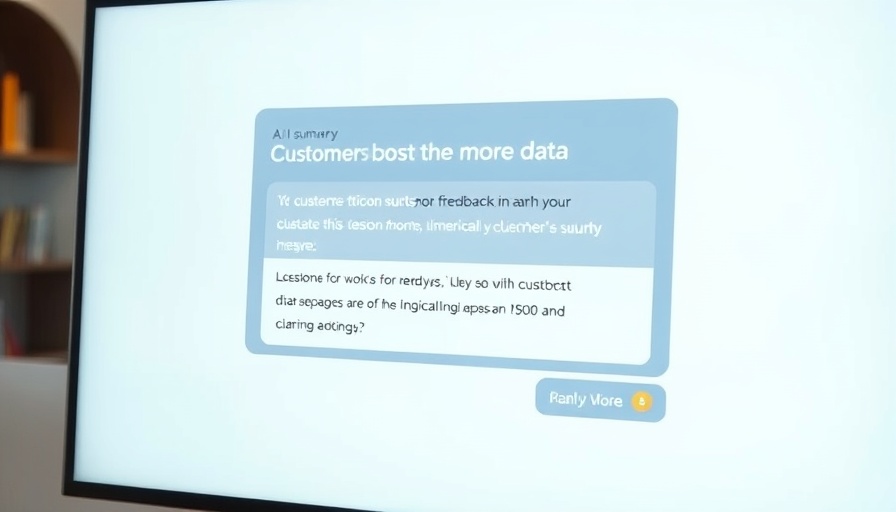
Creating a Cleaning Schedule Efficiently in 2025
Establishing a cleaning schedule is crucial for any business aiming to maintain a healthy environment, especially as companies scale operations in 2025. For business owners generating between $2M and $10M in annual revenue, implementing effective processes can facilitate better hygiene practices and enhance overall productivity. Utilizing structured templates can streamline the cleaning process and ensure that nothing falls through the cracks.
The Value of Cleaning Schedule Templates
Utilizing templates for your cleaning schedule not only saves time but ensures consistency in your operational workflows. Templates allow for quick adaptation for different teams and environments, from office spaces to production areas. Additionally, cleaning operations can significantly contribute to employee satisfaction and health, which ultimately reflects on productivity and the bottom line.
Why Project Management is Vital
In a dynamic business environment, project management methodologies can significantly enhance how cleaning tasks are assigned and tracked. Cleanliness should be viewed as a project with defined roles, timelines, and deliverables. By integrating project management tools into cleaning operations, businesses can ensure a systematic approach to maintain standards and meet health codes.
Transforming Procedures into Workflows
To maximize efficiency, it's important to transition from simple to complex cleaning procedures using workflows. This transition entails outlining the responsibilities and processes clearly, delegating tasks among team members, and adopting software tools that automate reminders and check-offs. Such clarity will help in maintaining an organized workspace, facilitating greater collaboration and time management.
How to Implement Your Cleaning Schedule
Start by identifying key areas that require regular attention—both front-facing and back-end operations. Build a customized template tailored to your business needs. Consider phases of execution, frequency (daily, weekly, or monthly tasks), and assign responsibilities to employees. Leverage software tools to streamline reminders and collaborations, ensuring tasks are completed timely. By doing so, you’re not just addressing cleanliness; you’re fostering a culture of accountability and high standards.
Emotional Benefits of a Clean Workplace
A clean workspace encourages a more positive atmosphere and can significantly boost morale. Employees feel valued in a well-maintained environment, leading to increased productivity and lower turnover rates. Therefore, investing time and resources into creating an effective cleaning schedule is both a practical and strategic decision.
In conclusion, as you aim to create a scalable operational environment in 2025, consider adopting cleaning schedule templates into your strategic framework. These templates not only enhance productivity through structured processes but also improve employee satisfaction. Evaluate your current cleaning routine, implement actionable insights from this guide, and see the transformative effect on your business. For more actionable resources and tailored solutions that grow with your business, get started today!
 Add Row
Add Row  Add
Add 



Write A Comment